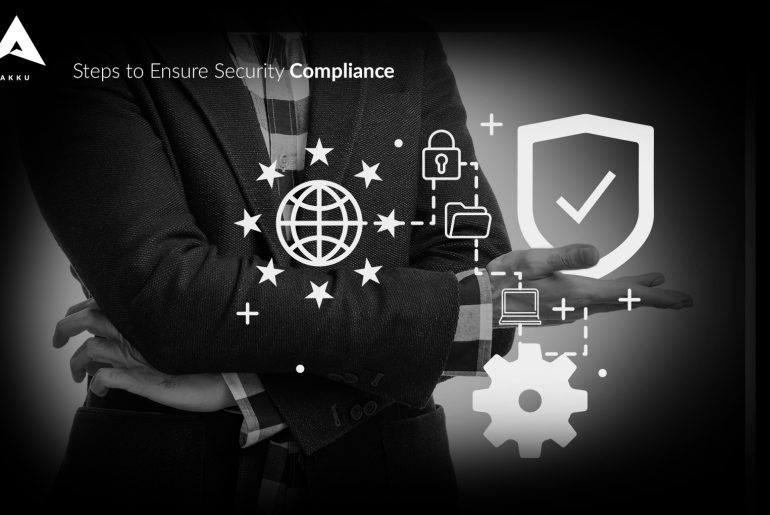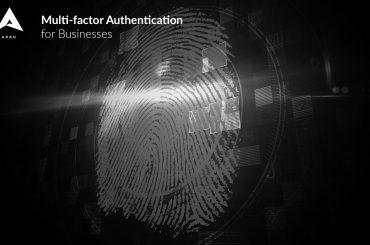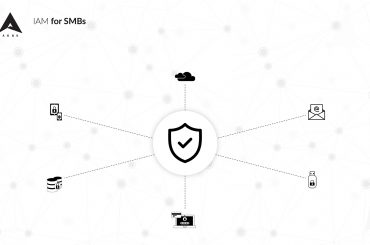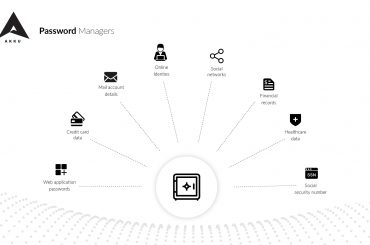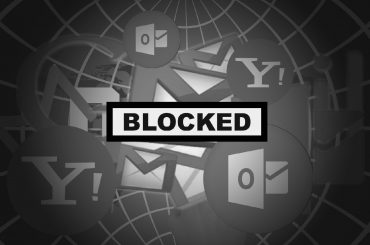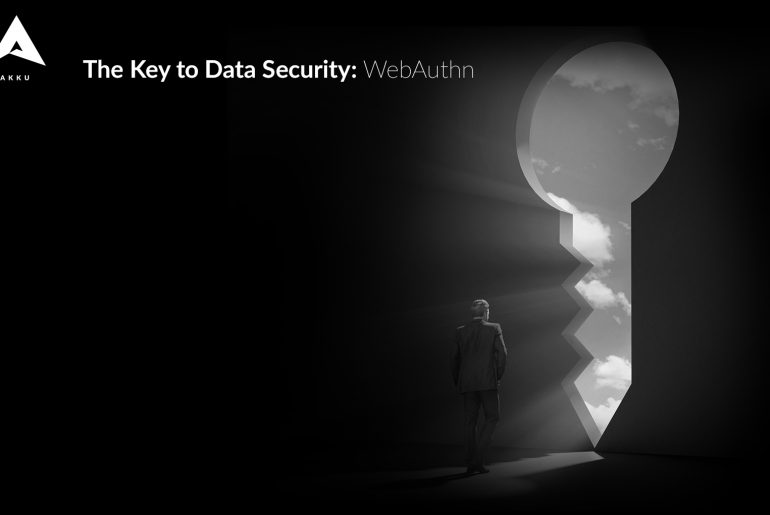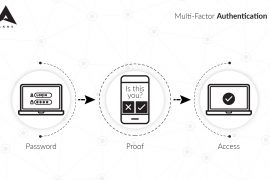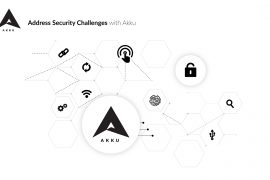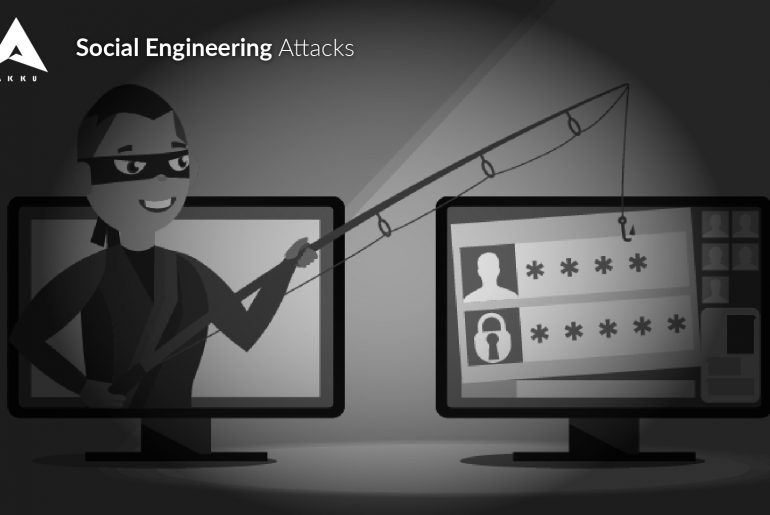Active Directory is quite simply the most popular identity management solution for enterprises in the world. An incredible ~90% of…
News & Trends
View AllWhat is WebAuthn? WebAuthn (Web Authentication API) is a global standard specification for secure authentication on the Web, formulated in…
Latest
When large organizations like LinkedIn, Twitter and Facebook report password hacks, it throws some light on how vulnerable current systems are, as well as the need for multi-factor authentication. However, multi-factor authentication is shrouded in myths that may prevent organizations from adopting it.
Here, we have addressed a few of the most common myths surrounding multi-factor authentication.
When in action, a social engineering attack could look like an email received from a government organization or your own organization asking your employees to divulge their credentials. The basis of social engineering attacks is to induce fear or urgency in unsuspecting users and employees into handing over sensitive information. Over the years, these attacks have become more sophisticated – even if you open a mail or message from a possible attacker, malware is immediately installed on your system.
When the digital revolution started, media companies were among the first ones to embrace it. Today, most media companies create content targeted exclusively at online subscribers on digital platforms, pivoting their efforts to become more user-friendly for a digital audience.
In order to convert free digital users into paid users, it is also important to effectively profile them and target the right ads to the right users. Therefore, it becomes crucial to learn more about the users logging in to view media content – whether on an online magazine or a video streaming platform. At the same time, user information that is collected online needs to be safeguarded and the methods used for data handling must adhere to strict regulations.




